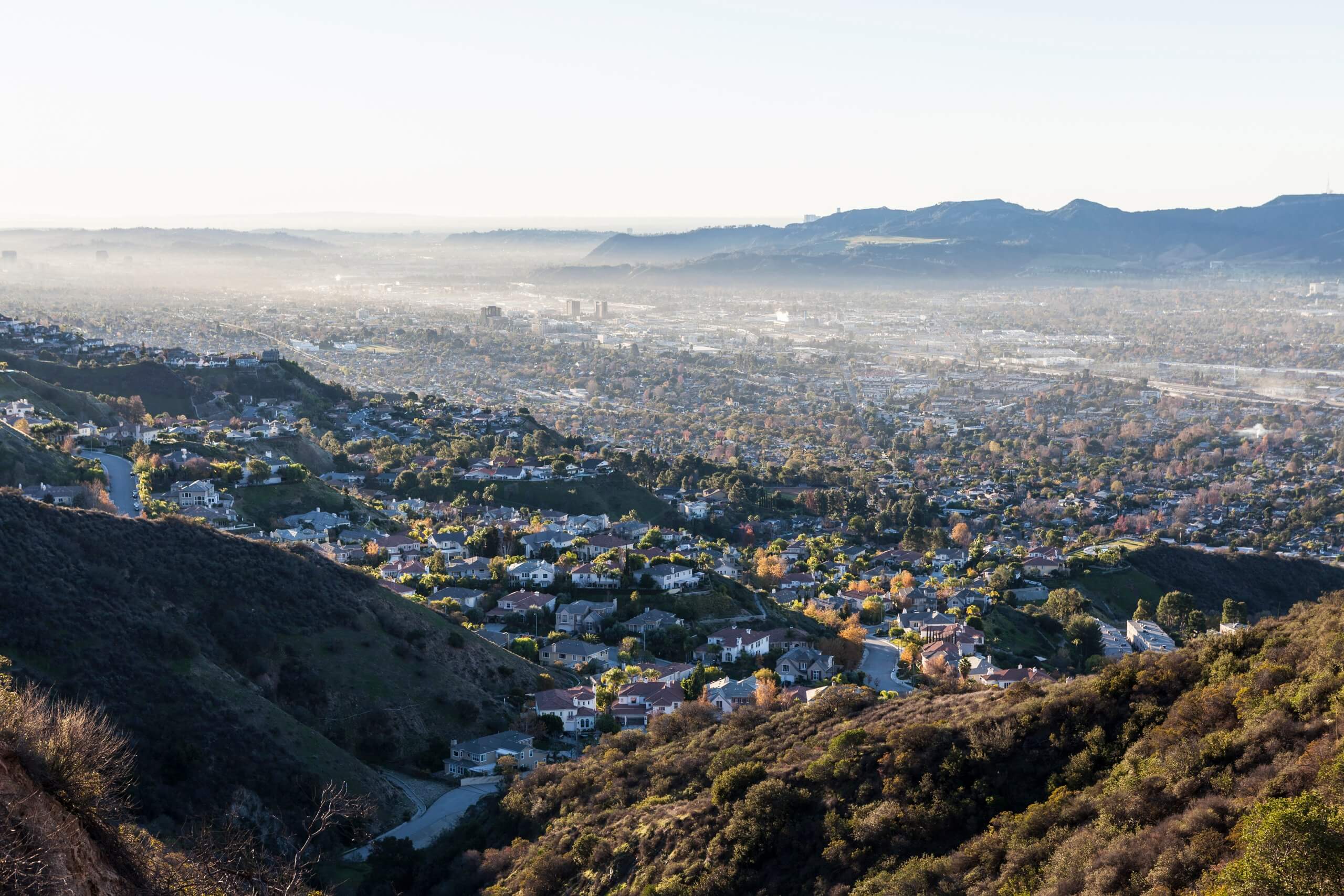On blistering days in bustling cities, ground-level ozone–also known as smog)–can reach levels that are detrimental to both human health and the environment. While those living in urban densely populated areas must be particularly cautious, rural dwellers should be mindful as well. Ozone can travel hundreds of miles with the wind, making it a particularly dangerous pollutant for all. But is there such a thing as ozone season?
Ground-level ozone is present and forms throughout the year, but is especially common during the warmer months. That is why summer is often referred to as ozone season. This is because intense heat and sunlight reacts with outdoor air pollutants to create absurd amounts of ozone.
What is Ground-Level Ozone?
Differentiating between ozone and ground-level ozone is crucial. Ozone, as in the ozone layer, is a crucial part of the Earth’s stratosphere. It absorbs a majority of the sun’s UV radiation, serving as a necessary shield between the sun and life on Earth.
Ground-level ozone forms in the troposphere directly above the Earth’s surface. Chemical reactions between nitrogen oxides (NOx), volatile organic compounds (VOCs), heat and sunlight creates ground-level ozone. These pollutants come from a variety of sources including cars, power plants, planes and oil refineries.
Why Is There An Ozone Season?
Ozone season often covers the spring and summer months because high temperatures and sunlight play a pivotal role in producing ground-level ozone. Ozone levels are highest during hot summer months in the afternoon hours when sunlight is most direct. For this reason, ozone season generally spans from March through October with peak levels during June, July and August.
Keep in mind that there is no one official ozone season! The time frame varies state by state, and even between cities. Ozone season is technically the period of time when ground-level ozone levels are at their peak–whatever that looks like for a specific locale.
Ozone is a more significant threat than ever before due to higher overall temperatures. Overall ozone levels and the number of high ozone days are expected to continue to rise with climate change. That’s one of the reasons addressing air quality in your space should be a top priority.
How Does Ozone Affect Indoor Air Quality?
Similar to other outdoor air pollutants, ground-level ozone enters indoor spaces through cracks and holes in your home’s foundation. Once inside, ozone circulates throughout the space,decreasing indoor air quality. And when indoor air quality is poor, you and your family are more at risk. Ozone exposure itself is particularly dangerous for humans.
How Does Ozone Impact Your Health?
Outdoor athletes, outdoor workers, children, the elderly and asthma and allergy sufferers are all at a greater risk for ozone-related health effects. However, even healthy individuals are still negatively impacted by ozone. The following is a non-comprehensive list of health issues related to ozone exposure.
- Difficulty breathing; pain when breathing
- Inflammation and damage to the airways
- A sore or scratchy throat
- Coughing
- Wheezing
- Increased susceptibility to a lung infection
- Frequent asthma attacks
- Aggravated pre-existing lung diseases and symptoms
- Premature death
Ozone As An Indoor Air Pollutant
There are several steps you can take to protect your family and contribute to a healthier ozone season. First and foremost, limit driving and use of vehicles that contribute to nitrogen oxides and VOCs. Also try to get gas only in the mornings and evenings.
Also consider scheduling a meeting with local officials to discuss the regulation of lethal outdoor air pollutants (such as VOCs and PM2.5) in your area. The Clean Air Act of 1970 was a step in the right direction, but enforcing and updating regulations is needed for outdoor air pollutants, which are still being produced at an uncontrollable rate.
Take charge of your own home! Upgrading to a mechanical ventilation whole-home system helps limit the impact outdoor air and outdoor pollutants have on your indoor space. This is particularly useful during peak traffic hours and on scorching summer days. This will help reduce overall ozone exposure while maintaining indoor air quality and a comfortable household temperature.
With ventilation in mind … address cracks, holes, door drafts and outdated weatherstripping in your home that may allow higher levels of ozone to creep through. While this tip may seem insignificant, it can make a world of difference for at-risk individuals.
Alternatively, invest in a whole-home active air purifier to reduce ozone and other pollutant levels (e.g., dust, viruses and VOCs). This device installs directly into your HVAC system and improves the integrity of your home’s indoor air quality with bipolar ionization and ultraviolet light.
Take Charge This Ozone Season
It can be difficult to avoid the effects of ozone. Particularly if you live in a populated city with hundreds of cars on the road or near power plants and factories. What you can control, however, is your home’s indoor air quality. Ensure that you and your family are breathing fresh air, even during ozone season.



